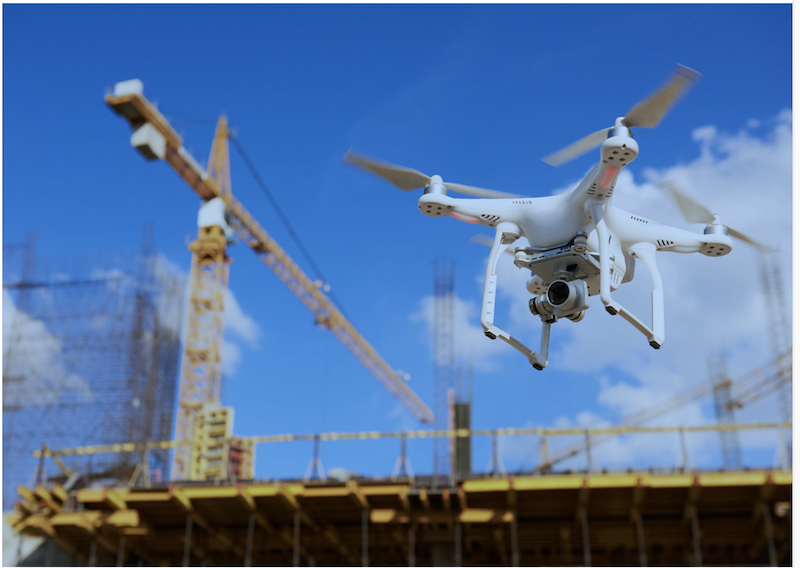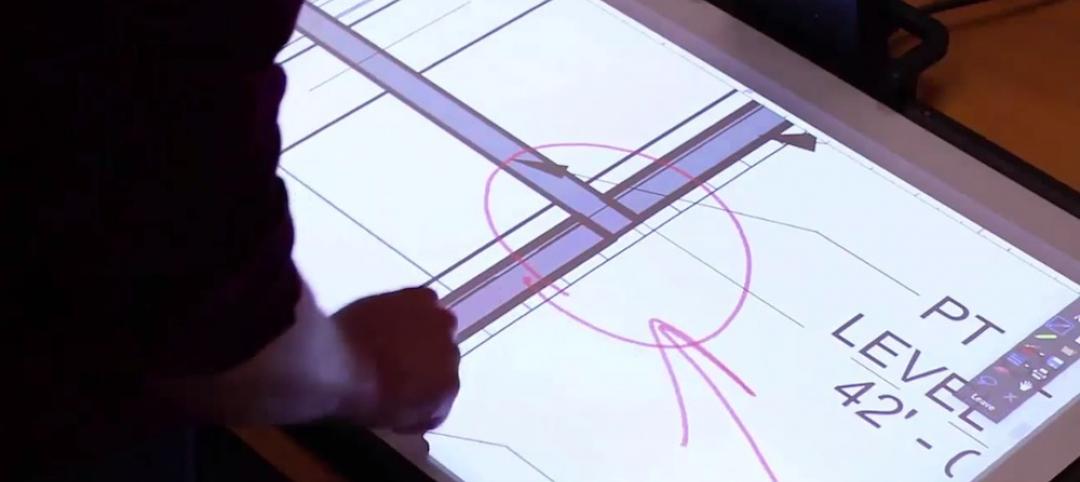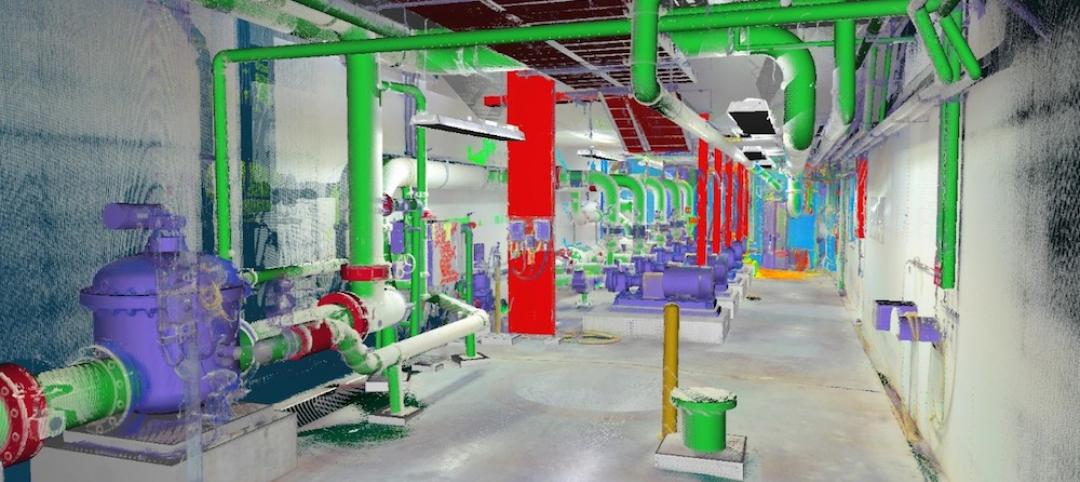Opportunities abound in 2020 for U.S. engineering and construction firms that can find ways to capitalize on trends and technologies that improve jobsite operations and keep costs under control.
That’s the assessment of a new report from Deloitte’s Research Center for Energy and Industrials, titled “2020 Engineering and Construction Industry Outlook.”
While EC firm revenues are steadily rising, their bottom lines remain under sustained cost pressures, ongoing labor shortages that affect productivity, and trends toward fixed-bid projects that demand a level of pricing and operations precision that is difficult to obtain with traditional systems.
A more fervent embrace of digital technologies could help to alleviate some of these issues. “E&C firms have opportunities to play central roles,” the report states. “Building a solid digital roadmap can help with operational challenges while also delivering competitive advantage for the early adopters.
The report identifies four exploitable areas that are likely to impact EC firms’ fortunes this year.
•Market disruptions:
The EC industry is historically a low-margin business, and several factors—Asian competition, project complexity, supply-chain constraints—are pressing U.S. companies’ profitability. “These constraints make it important for contractors to be proactive in managing processes and operations that contribute to margins and profitability, adding efficiencies and optimization where possible,” the report states. Partnerships that enable expansion and scale can help.
The report sees a potential boost to profitability in trends toward modularization and prefabrication that reduce labor costs, improve quality and safety, and shorten project schedules.
The same would be true of smarter project management that adopts emerging digital technologies, such as those that eliminate the need for manual data entry, and provide data required to access project status. “Digitally optimized operations can provide actionable data that can put projects back on track quickly. And, having state-of-the-art cost budgeting and scheduling tools and technologies is becoming a competitive advantage.”
•Digital:
Inherently disruptive technologies are providing the efficiency, productivity, and safety breakthroughs the industry has sought for decades. The report singles out robots, jobsite automation, and the rise of artificial intelligence that are making their mark on construction. “The connectedness that digital technologies enable can also enhance ecosystem relationships, as firms can more easily collaborate and work together on projects,” the report states.
Digital technologies are also forcing EC firms to rethink who does what and how and where it gets done. These technologies often require workers with new skill sets, and can be tricky in terms of managing humans, robots, and sensors within the same environment from such standpoints as work scope and privacy.
•Infrastructure projects:
If, in fact, the U.S. federal government makes good on its intention to spend $2 trillion on infrastructure improvements over the next decade, such investment would invariably drive revenue and job creation in the EC arena. Private funding is also expected to be needed. “2020 could bring an opportunity for U.S. firms to emulate their global counterparts who have been successful funding major infrastructure projects over a build-operate-transfer model,” the report predicts.
Additionally, agencies, with the help of contractors, will likely spend money on repair and maintenance instead of upgrades and replacements. EC companies that are positioned for infrastructure projects can focus on choosing the right partnership model for delivery and funding. They can also take a life-cycle approach to project delivery.
•Smart cities:
Sixty-eight percent of the world’s population will live in urban areas by 2050, compared to 55% today. To manage this migration, urban planners are seeking smart solutions that, according to the Deloitte report, have focused on environmental sustainability and digital enablement to improve the quality of urban life.
Smart technologies are providing some solutions. For example, “the rise of intelligent buildings that can self-optimize their operations and all-encompassing building management systems to better serve their inhabitants over time is a rising trend powered by AI,” the report observes.
Data produced from digitally enabled assets could be used to assess trends and inform future building designs. Technology is already impacting water and energy consumption, and is being used to optimize traffic in all aspects of city living, from public transportation to the utility of parks and other public spaces.
EC firms will need to bring digital skills to the smart-city planning table, which they must either cultivate internally or add through partnerships or acquisitions. That means investing in those technologies that are most strategic in demonstrating proficiencies related to smart cities.
Related Stories
Big Data | May 5, 2016
Demand for data integration technologies for buildings is expected to soar over the next decade
A Navigant Research report takes a deeper dive to examine where demand will be strongest by region and building type.
BIM and Information Technology | May 2, 2016
How HDR used computational design tools to create Omaha's UNO Baxter Arena
Three years after writing a white paper about designing an arena for the University of Nebraska Omaha, HDR's Matt Goldsberry says it's time to cherry-pick the best problem-solving workflows.
Virtual Reality | Apr 29, 2016
NBBJ to develop virtual reality productivity platform
The Seattle design firm has partnered with Visual Vocal, a startup VR company.
Drones | Apr 25, 2016
The Tremco SkyBEAM UAV is the first to be approved by the FAA for nighttime commercial operation
The SkyBEAM UAV is used for identifying energy leaks, rooftop damage, deteriorating façades, and safety issues without requiring scaffolding or cranes.
AEC Tech | Apr 15, 2016
Should architects learn to code?
Even if learning to code does not personally interest you, the growing demand for having these capabilities in an architectural business cannot be overlooked, writes computational design expert Nathan Miller.
Building Tech | Apr 12, 2016
Should we be worried about a tech slowdown?
Is the U.S. in an innovative funk, or is this just the calm before the storm?
AEC Tech | Apr 12, 2016
Startup introduces PaperLight, an interactive projection screen for AEC pros
The device lets users edit sketches, plans, and images with a stylus or their fingers.
AEC Tech | Mar 31, 2016
Deep Learning + AI: How machines are becoming master problem solvers
Besides revolutionary changes to the world’s workforce, artificial intelligence could have a profound impact on the built environment and the AEC industry.
AEC Tech | Mar 17, 2016
Managing risks with laser scanning gives AEC firms an edge
The more that clients demand the service, the easier it is to justify the cost of laser scanning equipment and software.
AEC Tech | Mar 15, 2016
Two to tango: Project Tango isn’t just for entertainment, it also has a wide range of possibilities relating to the professional world
Making things like augmented reality, precise measurements of indoor spaces, and indoor wayfinding possible, Google’s Project Tango has all the makings to become a useful and ubiquitous tool in the AEC market.

















